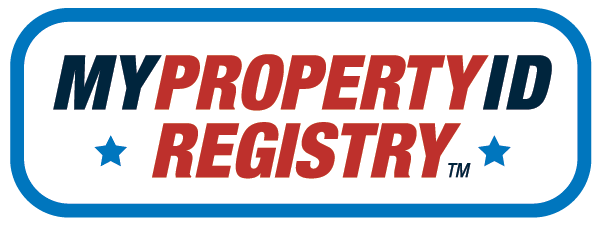Today, web-based companies enable small institutions to manage their capital assets and comply with government regulations with miniaturized enterprise asset management (mEAM). These web-based companies specialize in inexpensive, internet-based strategies for marking property and keeping records in a secure location.
Large Institutions Use Enterprise Asset Management (EAM)
For decades, nations, states, defense contractors, municipalities and large universities have all funded a strategy called enterprise asset management (EAM). As these large institutions acquire new capital assets, each item is assigned a uniquely numbered asset tag with the intuition’s name. Then, information such as the make, model and serial number of the item is entered into a database along with all other pertinent information.
The reason large institutions can afford enterprise asset management (EAM) is because they can afford the large, upfront costs associated with training personnel, acquiring dedicated EAM computer systems, and purchasing industry-accepted asset tags in large enough quantities to be economical.
Federal Regulations Require EAM
Another reason large institutions use enterprise asset management (EAM) is the possible loss of Federal grants through mismanagement of government assets. Guidance in the Green Book [2 CFR Part 200.313(d)(3) Equipment Control] states, “A control system must be developed to ensure adequate safeguards to prevent loss, damage, or theft of the property. Any loss, damage, or theft must be investigated.” And the Federal Acquisition Regulation [FAR 52.245-1(f)(1)(ii)] states, “Identify as Government owned in a manner appropriate to the type of property (e.g., stamp, tag, mark, or other identification)….”
State DOT Motor Vehicle Divisions
An example of an existing and robust asset management system is the way departments of motor vehicles issue license plates. Even though each motor vehicle has a unique vehicle identification number (VIN), each vehicle is also marked with a corresponding unique and traceable license plate. This strategy aids law enforcement agencies in the recovery of lost and stolen vehicles.
Miniaturized Enterprise Asset Management (mEAM)
Because of the upfront costs, small institutions cannot afford a modern enterprise asset management (EAM) system, so they typically fall back on older technologies with records stored in “property books”—filing cabinets, ledger books, card catalogs or computerized spreadsheets.
None of these alternatives are adequate because they all lack the most important element of a miniaturized enterprise asset management (mEAM) system: marked property with a unique and traceable tag tied to a secure database. Without mEAM, complying with government regulations is impossible.



